Here I am on the Structure of the Federal Government of Canada.
So I hit the executive branch and up pops Chinese Architecture and the CCP Flag.
https://en.wikipedia.org/wiki/Structure_of_the_Canadian_federal_governmen
FYI I have a fairly important post coming out but lost hours of work. It is an evidence based post in which I am importing evidence that I hope can be acted upon.
Let’s look at this picture a little closer
Ya clearly a CCP Flag. Anyone who can read the text I would appreciate.
The Crown
[edit]
Further information: Monarchy of Canada
Regal and vice-regal offices
[edit]
King's Privy Council
[edit]
King's Privy Council for Canada
Canada School of Public Service
Add languages
Tools
Appearance
hide
Text
Small
Standard
Large
Width
Standard
Wide
Color (beta)
Automatic
Light
Dark
From Wikipedia, the free encyclopedia
This article needs additional citations for verification. Please help improve this article by adding citations to reliable sources. Unsourced material may be challenged and removed.
Find sources: "Canada School of Public Service" – news · newspapers · books · scholar · JSTOR (October 2013) (Learn how and when to remove this message)The Canada School of Public Service was created on April 1, 2004. The School is the main educational institution for the Government of Canada, and is part of the Treasury Board portfolio. It was created from an amalgamation of the following three organizations: the Canadian Centre for Management Development, Training and Development Canada and Language Training Canada.
Mission
[edit]
The School's primary responsibility is to provide a broad range of learning opportunities and establish a culture of learning within the public service. The School is a departmental corporation whose mission is set out in the Canada School of Public Service Act.
Governance and organizational structure
[edit]
The School is headed by a Deputy Minister/President (currently Taki Sarantakis) who has supervision over and direction of the work and staff of the School. The School reports to the President of the Treasury Board. The work of the School is carried out by their branches and regional offices under the leadership of the Deputy Minister/President.
The Deputy Minister/President's Office is responsible for setting the direction of the School's policies and programs and ensuring that the organization meets the learning needs of public servants across Canada.
The Learning Programs Branch is the delivery arm for all learning programs and services offered by the School across Canada. The Branch is responsible for the design, development and delivery of the School's curriculum to all public servants.
The Corporate Services Branch is responsible for corporate management services in the areas of finance, administration, information technology and human resources. The Vice-President serves as the School's Chief Financial Officer (CFO).
The Strategic Directions and Service Excellence Branch provides corporate leadership and direction for the School's agenda and business development and develops integrated marketing, communications approaches. Roles include planning, policy, evaluation, client relations and service excellence.
Arms
[edit]
Coat of arms of Canada School of Public Service hide
Notes
Granted 15 June 2004.[1]
Crest
Issuant from a circlet of maple leaves Gules alternating with fleurs-de-lis Argent a demi lion Or holding between its paws an open book Argent edged Or bound Gules.
Escutcheon
Lozengy Gules and Argent a lozenge Argent charged with a maple leaf Gules.
Motto
Tradition Excellence
References
[edit]
^ "Canadian School of Public Service". Canadian Heraldic Authority. Retrieved 20 September 2023.
External links
[edit]
Canada School of Public ServiceOffice of the Leader of the Government in the House of Commons
President of the Treasury Board
From Wikipedia, the free encyclopedia
President of the Treasury BoardPrésidente du Conseil du Trésor
Incumbent
Anita Anandsince July 26, 2023
Treasury Board of Canada (Secretariat)StyleThe HonourableMember of
Reports to
AppointerMonarch (represented by the governor general);[3]
on the advice of the prime minister[4]Term lengthAt His Majesty's pleasureInaugural holderEdgar BensonFormationOctober 1, 1966SalaryCA$269,800 (2019)[5]Websitewww.tbs-sct.gc.caThe President of the Treasury Board (French: Présidente du Conseil du Trésor) is a minister of the Crown in the Canadian Cabinet. The president is the chair of the Treasury Board of Canada (a committee of Cabinet in the Privy Council) and is the minister responsible for the Treasury Board Secretariat, the central agency which is responsible for accounting for the Government of Canada's fiscal operations.
The president of the Treasury Board has been Anita Anand since July 26, 2023.[6]
History and overview
[edit]
As a ministerial position, the office of Treasury Board President was created in the Cabinet in 1966 when the Treasury Board Secretariat became a full-fledged department of the federal government. Prior to 1966, the minister of finance was ex officio the chairman of the Treasury Board, as the Secretariat was part of the Department of Finance since Confederation (1867).[7][8]
The Secretariat is a central agency and the administrative arm of the Treasury Board. Technically, the Board is a Cabinet committee of the Privy Council, and is responsible for managing the government's fiscal and administrative responsibilities, including management of the civil service and oversight of expenditures.[7][9]
The formal role of the president is to chair the Treasury Board. The officeholder is responsible for carrying out the management of the government through operationalizing the policies and programs approved by Cabinet and through providing federal departments with the necessary resources, among other things.[7]
King's Privy Council for Canada
17 languages
Tools
Appearance
hide
Text
Small
Standard
Large
Width
Standard
Wide
Color (beta)
Automatic
Light
Dark
From Wikipedia, the free encyclopedia
(Redirected from Queen's Privy Council for Canada)
King's Privy Council for Canada
Conseil privé du Roi pour le Canada
The Office of the Prime Minister and Privy Council building is the seat of the Privy Council
AbbreviationPCFormation1867Legal statusAdvisory body
Membership
John HannafordWebsitecanada.ca/en/privy-council
show
show
show
show
show
show
show
show
show
Related topics
The King's Privy Council for Canada (French: Conseil privé du Roi pour le Canada),[n 1] sometimes called His Majesty's Privy Council for Canada or simply the Privy Council (PC),[3] is the full group of personal consultants to the monarch of Canada on state and constitutional affairs. Practically, the tenets of responsible government require the sovereign or his viceroy, the governor general of Canada, to almost always follow only that advice tendered by the Cabinet: a committee within the Privy Council composed usually of elected members of Parliament. Those summoned[4] to the KPC are appointed for life by the governor general on the advice of the prime minister of Canada, meaning that the group is composed predominantly of former Cabinet ministers, with some others having been inducted as an honorary gesture. Those in the council are accorded the use of an honorific style and post-nominal letters, as well as various signifiers of precedence.[5]
King-in-Council
[edit]
Further information: Monarchy of Canada § Executive (King-in-Council)
The Government of Canada, which is formally referred to as His Majesty's Government,[6][7] is defined by the Canadian constitution as the sovereign acting on the advice of the Privy Council;[8][9] what is known as the Governor-in-Council,[10] referring to the governor general of Canada as the King's stand-in. The group of people is described as "a Council to aid and advise in the Government of Canada, to be styled the Queen's Privy Council for Canada",[11] though, by convention, the task of giving the sovereign and governor general advice (in the construct of constitutional monarchy and responsible government, this is typically binding[n 2]) on how to exercise the royal prerogative via orders-in-council rests with the Cabinet—a committee of the Privy Council made up of other ministers of the Crown who are drawn from, and responsible to, the House of Commons in the Parliament.[9] This body is distinct but also entwined within the Privy Council, as the president of the King's Privy Council for Canada customarily serves as one of its members and Cabinet ministers receive assistance in the performance of their duties from the Privy Council Office, headed by the clerk of the Privy Council.
While the Cabinet specifically deals with the regular, day-to-day functions of the King-in-Council, occasions of wider national importance—such as the proclamation of a new Canadian sovereign following a demise of the Crown or conferring on royal marriages—will be attended to by more senior officials in the Privy Council, such as the prime minister, the chief justice of Canada, and other senior statesmen; though all privy councillors are invited to such meetings in theory, in practice, the composition of the gathering is determined by the prime minister of the day. The quorum for Privy Council meetings is four.[12]
Membership
[edit]
The Constitution Act, 1867, outlines that persons are to be summoned and appointed for life to the King's Privy Council by the governor general,[11] though convention dictates that this be done on the advice of the sitting prime minister. As its function is to provide the vehicle for advising the Crown, the members of the Privy Council are predominantly all living current and former ministers of the Crown. In addition, the chief justices of Canada and former governors general are appointed. From time to time, the leader of His Majesty's Loyal Opposition and heads of other opposition parties will be appointed to the Privy Council, either as an honour or to facilitate the distribution of sensitive information under the Security of Information Act and, similarly, it is required by law that those on the Security Intelligence Review Committee be made privy councillors, if they are not already. To date, only Prime Minister Paul Martin advised that parliamentary secretaries be admitted to the Privy Council.
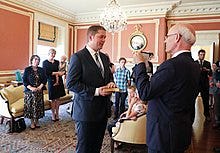
Appointees to the King's Privy Council must recite the requisite oath:[13]
I, [name], do solemnly and sincerely swear (declare) that I shall be a true and faithful servant to His Majesty King Charles III, as a member of His Majesty's Privy Council for Canada. I will in all things to be treated, debated and resolved in Privy Council, faithfully, honestly and truly declare my mind and my opinion. I shall keep secret all matters committed and revealed to me in this capacity, or that shall be secretly treated of in Council. Generally, in all things I shall do as a faithful and true servant ought to do for His Majesty.
Provincial premiers are not commonly appointed to the Privy Council, but have been made members on special occasions, such as the centennial of Confederation in 1967 and the patriation of the constitution of Canada in 1982. On Canada Day in 1992, which also marked the 125th anniversary of Canadian Confederation, Governor General Ramon Hnatyshyn appointed 18 prominent Canadians to the Privy Council, including the former Premier of Ontario David Peterson, retired hockey star Maurice Richard, and businessman Conrad Black (who was later expelled from the Privy Council by the Governor General on the advice of Prime Minister Stephen Harper[14]). The use of Privy Council appointments as purely an honour was not employed again until 6 February 2006, when Harper advised the Governor General to appoint former member of Parliament John Reynolds, along with the new Cabinet. Harper, on 15 October 2007, also advised Governor General Michaëlle Jean to appoint Jim Abbott.
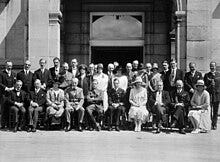
Members of the monarch's family have been appointed to the Privy Council: Prince Edward (later King Edward VIII), appointed by his father, King George V, on 2 August 1927; Prince Philip, Duke of Edinburgh, appointed by his wife, Queen Elizabeth II, on 14 October 1957; and Prince Charles (now King Charles III), appointed by his mother, Queen Elizabeth II, on 18 May 2014.[15][16]
On occasion, non-Canadians have been appointed to the Privy Council. The first non-Canadian sworn of the council was Billy Hughes, Prime Minister of Australia, who was inducted on 18 February 1916, at the request of Robert Borden—to honour a visiting head of government, but also so that Hughes could attend Cabinet meetings on wartime policy.[17] Similarly, Winston Churchill, Prime Minister of the United Kingdom, was inducted during a visit to Canada on 29 December 1941.[18]



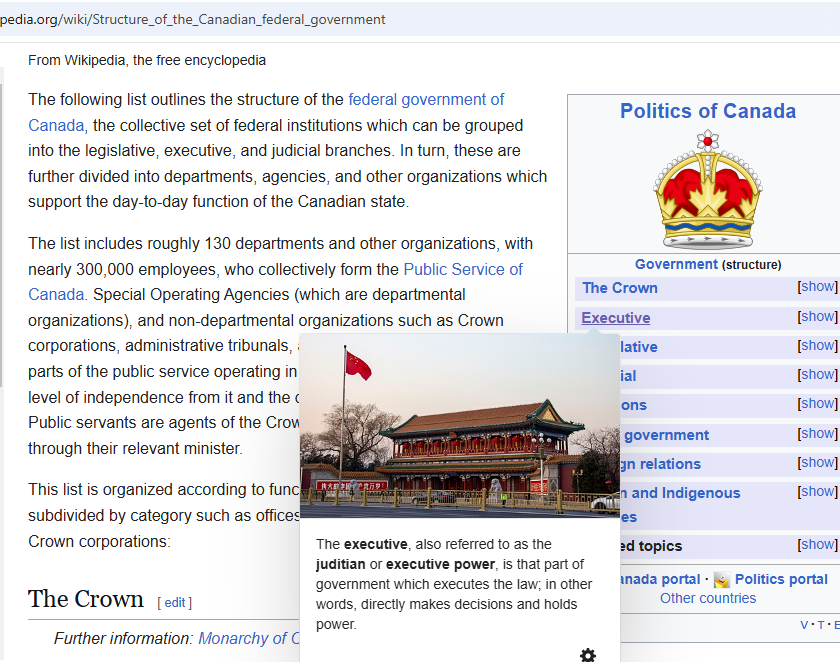
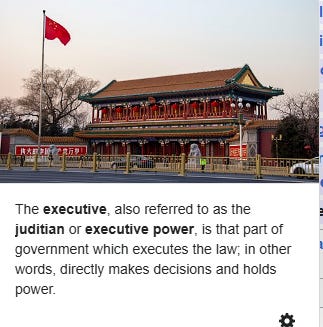


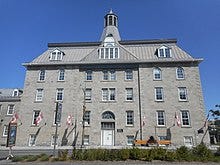
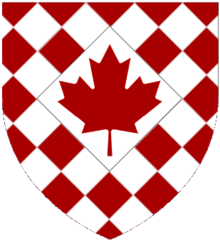
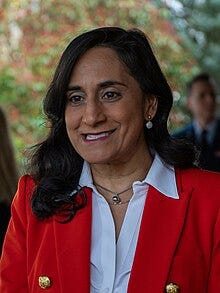
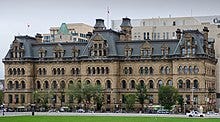

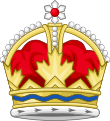
Everyone knows that Mr. Trudeau is a strong advocate for democracy and defends it passionately.